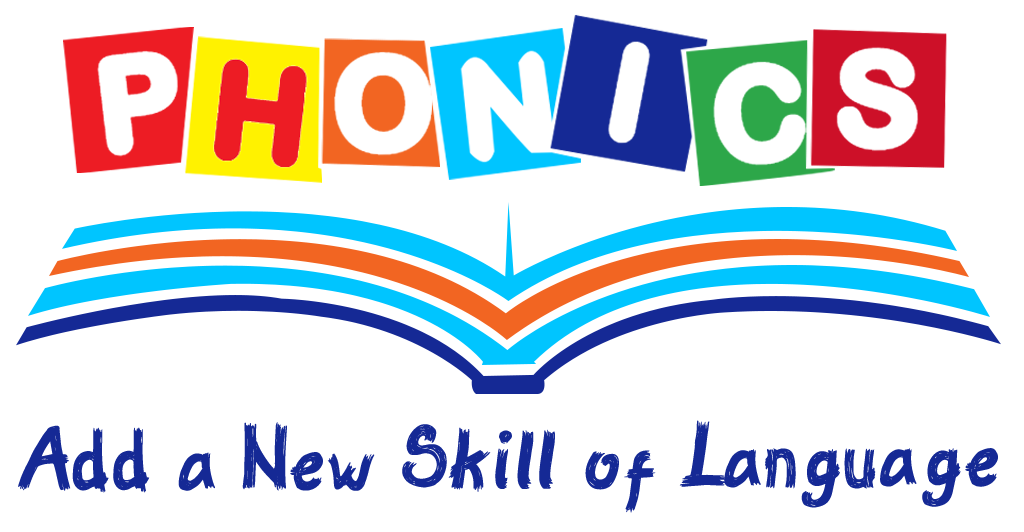The effectiveness of phonetics as a teaching method has been debated for several decades and has recently come back to prominence in public debate.
This time around, the focus is on phonics verification, a screening tool designed to identify early readers who may need intervention and provide some indication of how successful current phonics teaching methods are. The UK has been using Phonics Screening Check (PSC) since 2012, and there is now a push to implement a test of the same control in Australia. This has raised some concerns.

So what’s the fuss about phonetics?
What is phonetics?
Scientific studies have repeatedly found that explicit systematic phonetic instruction is the best way to teach children to read. Without it, some children will result in having serious reading difficulties. But what is explicit systematic phonetics? Let’s analyze this term.
Phonics: teaching children the sounds of individual letters or groups of letters (for example, the letter “c” makes a k sound) and teaching children how to combine separate sounds to form a single word (for example, combining the sounds k, a, t makes CAT). This type of teaching of phonetics is often called “synthetic phonetics.”
Explicit: teaching children the precise associations between letters and sounds directly, instead of expecting them to achieve this information indirectly.
Systematic: English has a complicated spelling system. It is important to teach letter sound assignments in a very systematic way, starting with simple letter sound rules and so moving on to more complex associations.
The term “phonetics” has been used quite loosely by various reading programs, and some deviate from these fundamental principles.
For example, some programs, such as Embedded Phonics, teach phonics by asking children to guess unknown words using clues, such as the meaning of a word taken from the context of a sentence.
Other programs ask children to look at words (e.g., pig, page, pen start with a similar sound) and learn letter sound rules by analyzing or making comparisons between those words (analogy or analytic phonetics).
These programs don’t seem to be as effective as people who concentrate on letter sound knowledge and are taught explicitly and systematically.
Because it is important?
Phonics instruction teaches children the path to decode letters into their respective sounds, a skill that’s essential for them to read unfamiliar words on their own.
Note that, in fact, most words are unfamiliar to early print readers, even if they have spoken knowledge of the word. Knowledge of letter sounds will allow children to create the link between unfamiliar printed words and their spoken knowledge.
Another aspect that is rarely discussed is that the process of decoding letters and sounds is itself a learning mechanism. For example, make a mental note of how you feel when you read the following words:
Wingardium leviosa
When he first read these words, he probably used his knowledge of letter sounds, which involved two important stages of processing:
1) he helped you produce the correct sound from an unknown printed word. If you’re a fan of Harry Potter, the pronunciation probably also illuminated connections to the meaning of the word.
2) He was struck by the details and the combination of the letters in the word.
These two steps then work as a learning mechanism, allowing you to recognize the previously unknown word faster the next time (re-read the words again and see how you feel about it now).
This transition from slowly pronouncing a word to recognizing it quickly is what we call “sight-reading.” Every reader must make this transition to read fluently.
It is true that there are many words in English, such as yacht and isle, that do not follow the typical rules of letters and sounds. Even then, research has shown that children can learn these words successfully by decoding some parts of the word (and… t for yacht), with the help of knowledge of spoken vocabulary to facilitate learning.
Phonics is important not only because this knowledge allows children to read by themselves, but it is also a learning mechanism that builds a good dictionary of printed words that can be accessed quickly.
Will it really improve reading?
Recent results from the National Assessment Program – Literacy and Numeracy (NAPLAN) have shown no improvement in reading and writing skills despite large amounts of government funding.
Results from the Program for International Student Assessment (PISA) demonstrated a steady decline in children’s reading ability in Australia since 2000.
So will more effective phonetic instruction really help improve these results?
Of course, reading effectively (whether for learning or for pleasure) isn’t just about phonetics or having a decent stock of single words.
Functional reading requires several other skills, such as good vocabulary, the ability to draw inferences, and synthesize and retain information in memory across multiple sentences. But if your reading of a single word is not efficient, comprehension will suffer dramatically.
If we use the construction of a house as an analogy, understanding the text is the complete home; The ability to read a single word is the structural framework of the house, and phonetics is the foundation of that framework.
Effective phonics instruction is important because knowledge of letter sounds is the foundation for developing reading and writing skills.
The phonics screening test will indicate whether children have acquired the required skills. Otherwise, schools should review current teaching methods and implement methods that adhere to the evidence-based principles of systematic and explicit phonics teaching.


